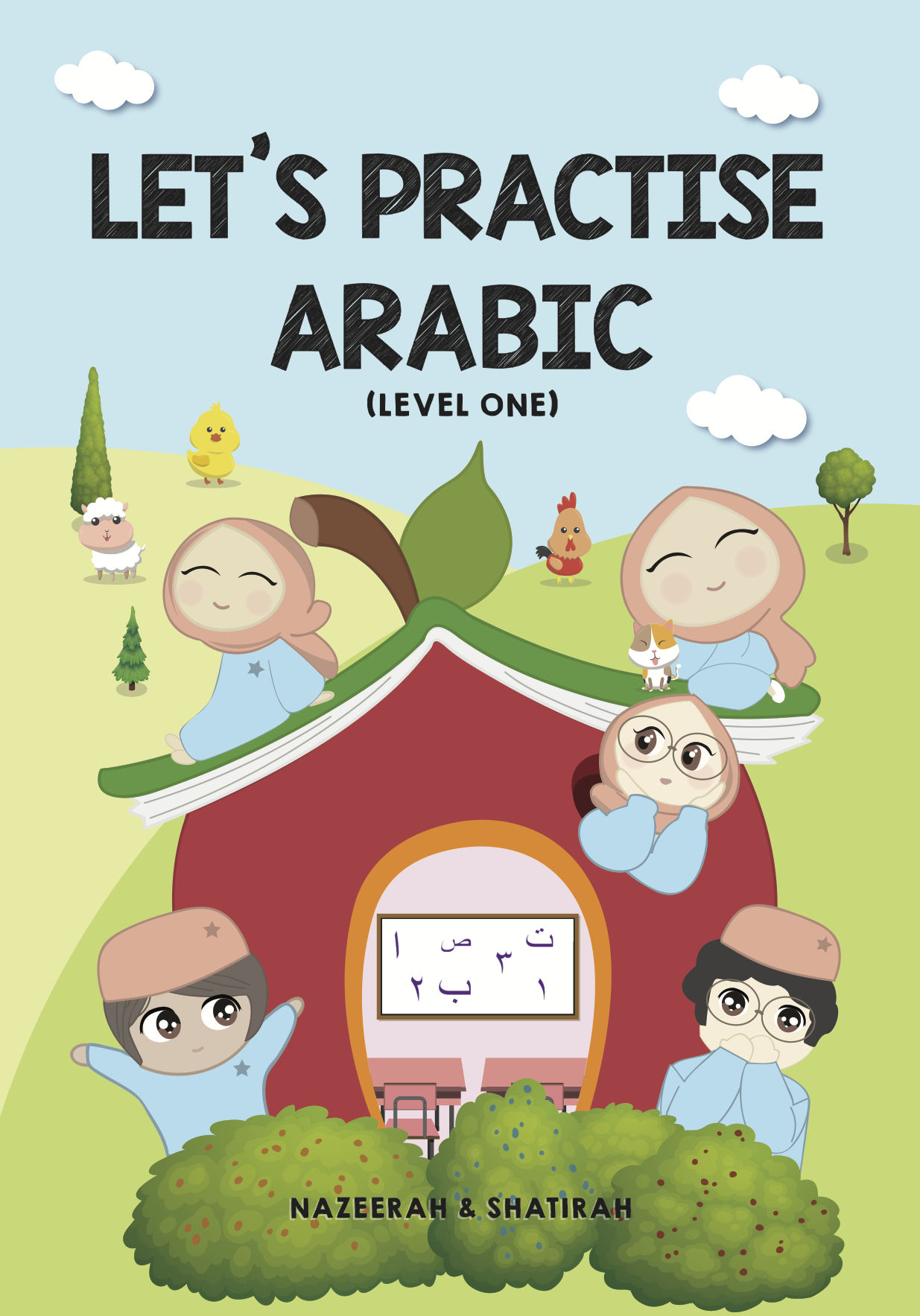Struggling to teach your Madrasah child Arabic in Singapore? You’re not alone! This guide offers practical tips and resources to help your child thrive in their Arabic studies, even in a non-Arabic speaking environment.
For Parents
Unlocking Arabic Fluency and Confidence: The Power of Language Exposure
Mastering Arabic doesn’t have to be tough! This article explores the importance of Arabic language exposure for primary Madrasah students in Singapore. Learn how to boost your child’s fluency, confidence, and academic success through fun and effective methods.
Mastering Arabic with Consistent Practice: Overcoming Limited Language Exposure
This topic emphasizes the importance of regular Arabic practice in overcoming the challenges of limited language exposure. Here we provide insights and strategies for incorporating consistent Arabic practice into a student’s daily routine, to help parents and students understand the value of your Arabic workbook as a tool for facilitating this practice.
Boost Your Child’s Arabic Language Exposure with These Tech-Savvy Tips
Explore how Madrasah students can use various technological tools, such as language learning apps, online resources, and virtual tutoring platforms, to increase their Arabic language exposure outside the classroom.
5 Easy Ways to Create an Immersive Arabic Learning Environment at Home
Essential for parents looking to support their child’s Arabic language learning journey. By providing practical tips and strategies for creating an immersive Arabic environment at home, to help parents foster their child’s language development and complement the lessons learned at Madrasah.
Your next read!
Spotlight
Some of our running promotions
Arabic Workbook for Singapore 🇸🇬 Primary Madrasah Students

QUICK BITS
Short posts for quick reads!
Arabic together
Is your child’s Arabic strong enough to carry the weight of centuries of Islamic scholarship?
Let’s build that strength together. 📚🌟🕌
#MadrasahIrsyadZuhriAlIslamiah #MadrasahWakTanjongAlIslamiah #MadrasahAlArabiahAlIslamiah #MadrasahAlJunied #MadrasahAlMaarif #MadrasahAlSagoff #ArabicWorkbook #LearnArabic #MadrasahSG
👀 Look inside the #ArabicWorkbook at
https://invosset.com/
Available on Shopee & Lazada
